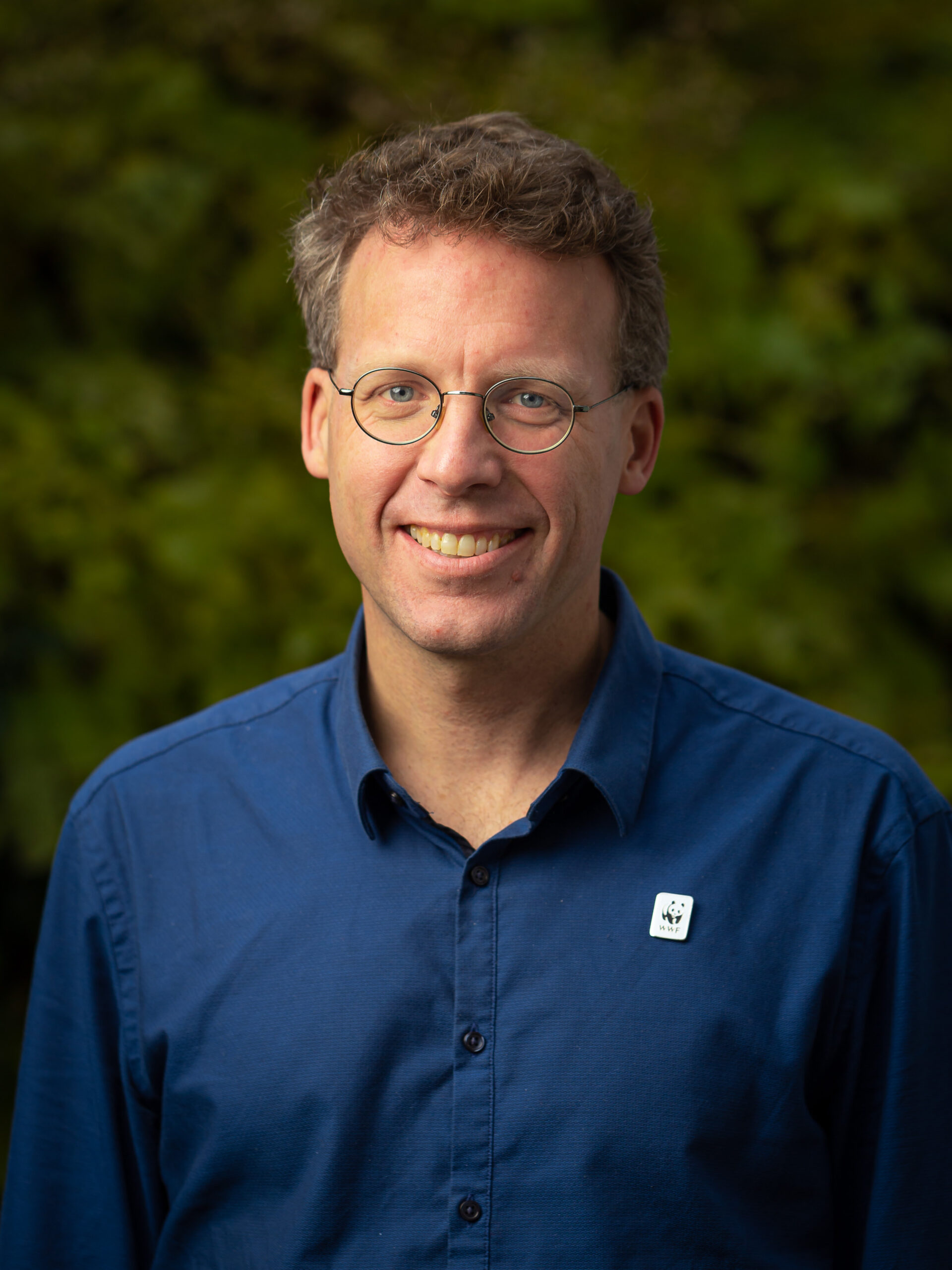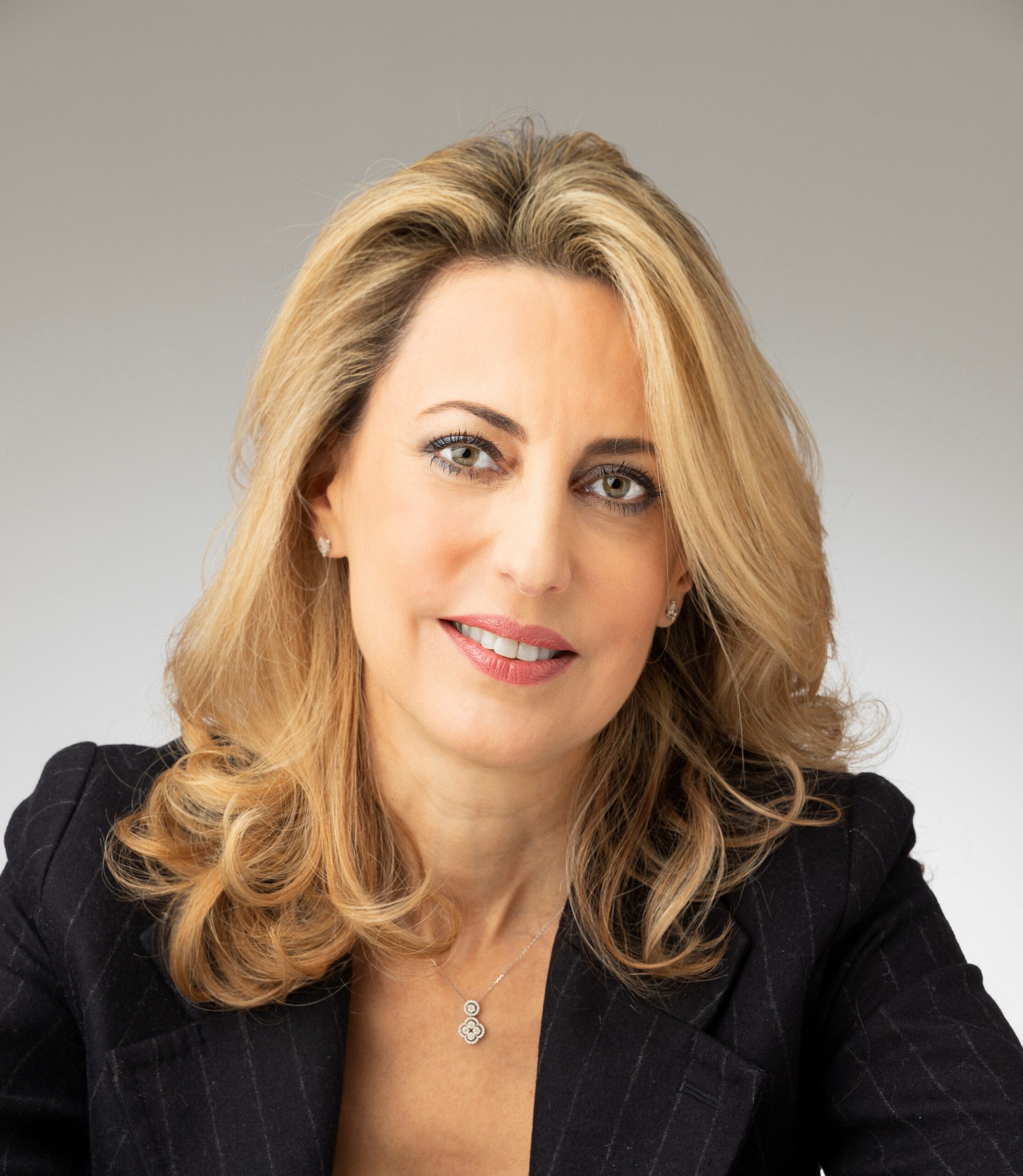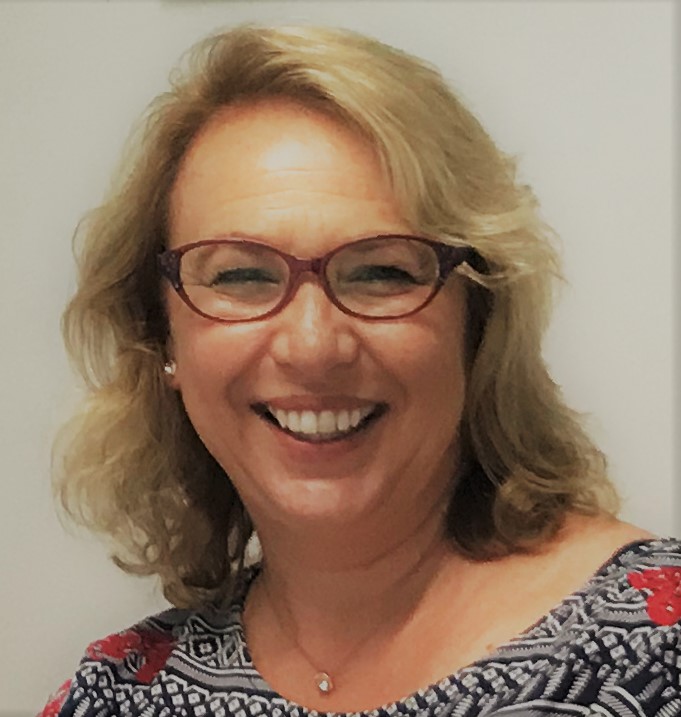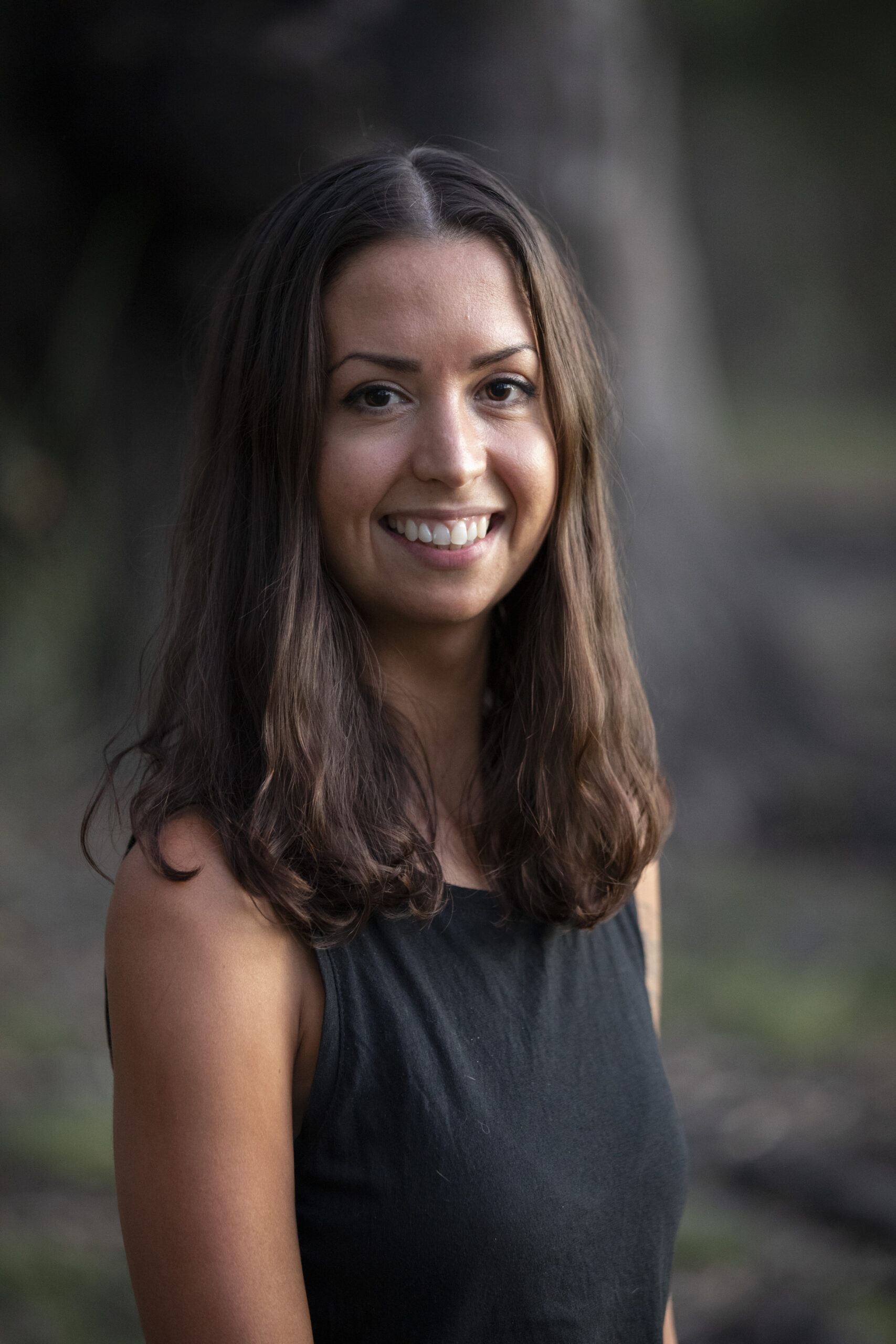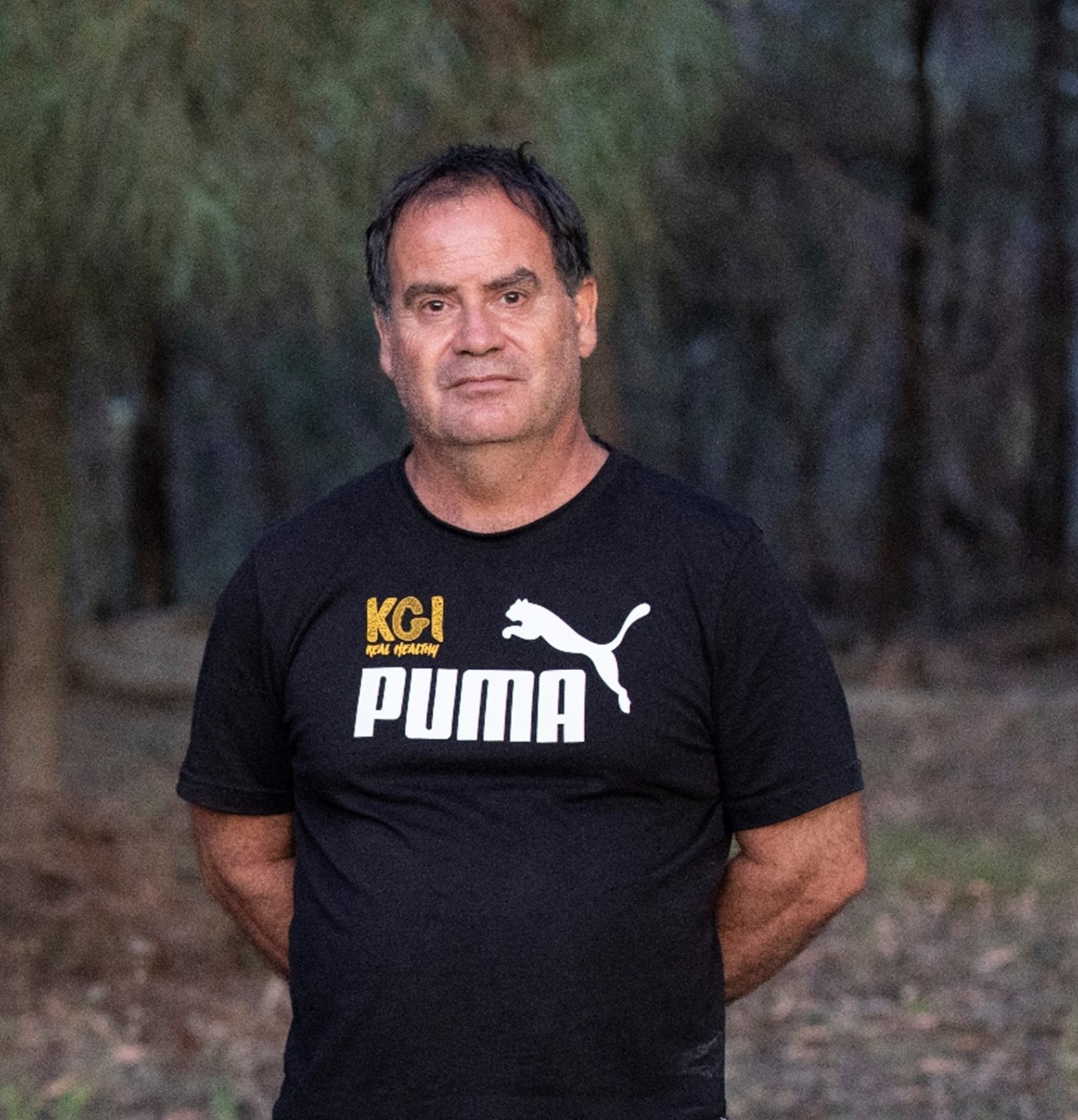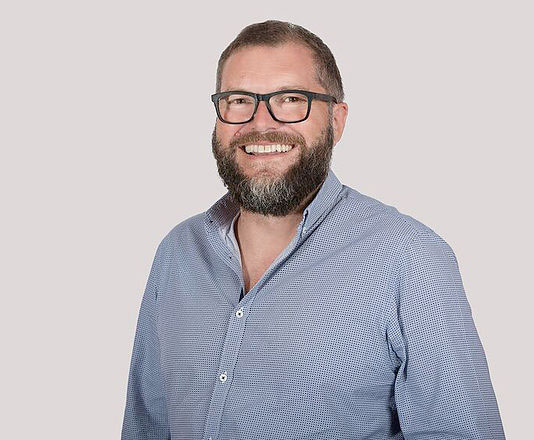
2021 Keynote Speakers
Restoring Danube Rivers and Wetlands
More than 80% of wetlands and floodplains of the Danube River and its tributaries have been lost, and with them the ecosystem goods and services they provide, from fish and wildlife to flood and drought management. Fortunately, there is a growing appreciation of rivers and wetlands, and government commitments to not only conserve what remains, but also to restore what we have lost. However, actually restoring these areas involves a painstaking process of stakeholder engagement that can take years before actual measures like breaching dykes can be undertaken. As a result, most commitments to wetland restoration in the Danube basin remain on paper and not realised in practice.
The Living Danube Partnership has sought to address this challenge of implementation. At the 2020 IRS, we presented the overall results and lessons learned from the eight-year cross-sectoral partnership of WWF-CEE, The Coca-Cola Foundation and the International Commission for the Protection of the Danube River (ICPDR) to promote the conservation and restoration of wetlands as well as the restoration and protection of biodiversity and ecosystem services in the Danube basin. In 2021, we will focus on lessons learned from the 9 individual river and wetland restoration projects. Using a special Google app developed for the Partnership, we will take a virtual tour of the Danube basin, stopping at individual restoration sites — from the unique soda lakes at Neusiedler See in Austria through the floodplain forest at Lankocs in Hungary on down to the Danube floodplains at Garla Mare in Romania and Belene in Bulgaria.
Take me to the river
‘The care of rivers is not a question of rivers, but of the human heart’
(Tanako Shozo)
People and rivers are inter-dependent and need each other to thrive. This is the philosophy that underpins the work of the Australian River Restoration Centre, an organisation that has at its core, an approach that values people as much as the rivers they care about. The Centre’s starting point is that people are part of the solution rather than the problem, and that it is only by working in partnership, that we can achieve great outcomes for people and rivers alike. River restoration conversations are undertaken with an open, collaborative and non-judging mind set, and decisions are made together with landholders and communities about the actions needed to protect or restore their river, wetland or billabong. At the Australian River Restoration Centre, we know that for resilient rivers, we need resilient communities – and for resilience to be built, we need trusted relationships, emotional connection and holistic river management. This presentation will discuss how the Australian River Restoration Centre has put these elements into practice through their on-ground Rivers of Carbon Program, an initiative that has grown in impact and influence since its inception in 2012.
Forget the Elephant in the room, show me the Platypus.
Are we coping under extremity? How do we adapt to uncertainty? Are we transitioning, and if so, how and for what purpose? These are questions that lie at the heart of a resilient and vibrant river future. Yet so often, those tasked with responding are not necessarily those living with or inheriting the outcomes. So, what might it mean to do things differently? Well undoubtedly, we’re likely to confront an elephant or two- large, complex and long-standing creatures that can be slow to shift. But! If we engage meaningfully, allow time and listen carefully, perhaps there is more to encounter- Something lurking that has been there all along, yet often overlooked. Something with parts familiar to us, yet as one decidedly unique. Something that connects cultures and environments. Perhaps, there is a Platypus for us all.
Cultural Flows
Empowering First Nations in the fight for cultural water and policy change.
For the Tati Tati First Nation peoples, there is a profound sense of connection and responsibility to care for Country and waterways. The survival, resilience, and sustainable health of rivers and waterways through the restoration of natural flow regimes is vital to First Nations across the Lower Murray Darling Basin.
Colonial invasion continues to impact First Nations inherent right to access, manage and care for Country and waterways. The current decision-making processes within the Murray Darling Basin do not account for First Nations’ knowledges, connections to place, cultural importance, and experiences of caring for Country. Mobs such as Tati Tati in Northwest Victoria are fiercely advocating for legislative and systemic change, and one way they are doing this is through Cultural Flows.
The Cultural Flows methodology has been developed through years of rigorous research to pave a pathway towards a future where First Nations legally and beneficially own water entitlements. This methodology also provides a strong platform for First Nations to assert their inherent rights to care for and make decisions for Country.
As the next generation of Indigenous women advocating for First Nations water rights, Melissa & Brendan will discuss the innovative methodologies of Cultural Flows, empowering First Nations peoples, and changing how we understand and value water management priorities in the Murray Darling Basin.
Resilience in the Eye of the Beholder
Hugh will discuss various aspects of environmental resilience and relate it to the actions we need to take, or policies we need to make.
The River Resilience Journey: Who invited the Economist?
Our rivers deliver significant and wide ranging environmental, economic, social and cultural benefits – often referred to as ecosystem services. But the ability of rivers to continue to provide those services is at risk as climates change, populations increase, land use intensifies, and ultimately the resilience of our rivers is compromised. This presentation will outline how economics, when used astutely, has assisted with the management of rivers to enhance their resilience. It will present the case to invite economists to the table of solution makers.
